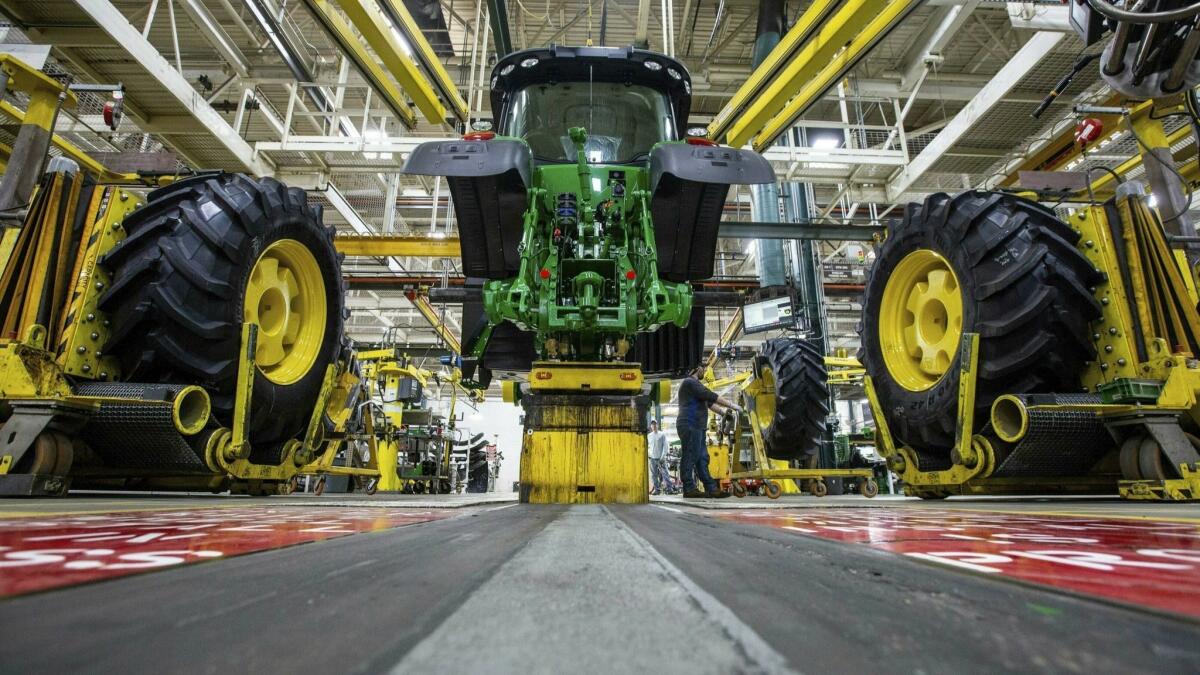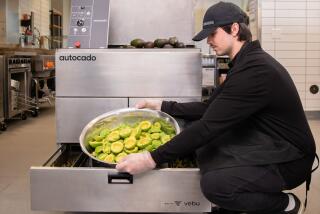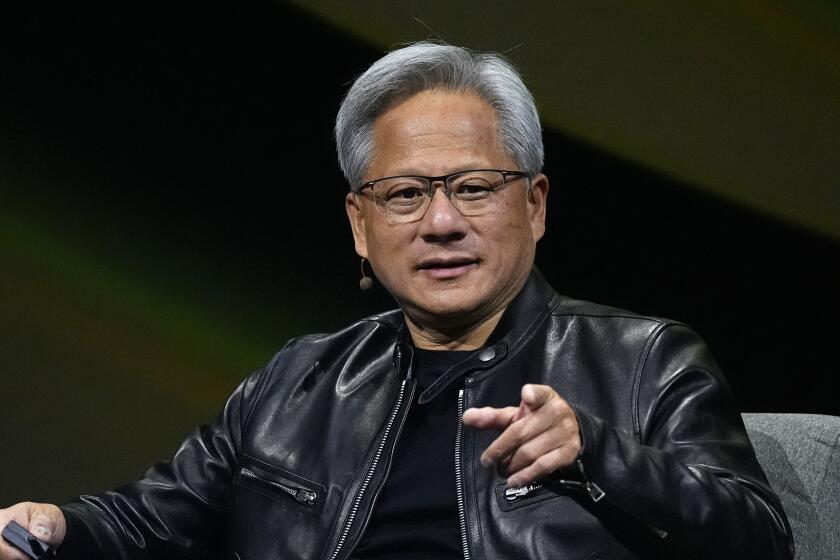Smart farming uses driverless tractors and weed-killing robots

Robots are taking over farms faster than anyone saw coming.
The first fully autonomous farm equipment is becoming commercially available, which means machines will be able to completely take over a multitude of tasks. Tractors will drive with no farmer in the cab, and specialized equipment will be able to spray, plant, plow and weed cropland.
Saskatchewan’s Dot Technology Corp. has already sold some so-called power platforms for fully mechanized spring planting. In Australia, SwarmFarm Robotics is leasing weed-killing robots that can also do tasks such as mow and spread.
The companies say their machines are smaller and smarter than the gigantic machinery they aim to replace. Industry leaders Deere & Co. and CNH Industrial NV haven’t said when they’ll release similar offerings.
Sam Bradford, a farm manager at Arcturus Downs in Australia’s Queensland state, was an early adopter as part of a pilot program for SwarmFarm last year. He used four robots, each about the size of a truck, to kill weeds.
In years past, Bradford had used a 120-foot-wide, 16-ton spraying machine that “looks like a massive praying mantis.” It would blanket the field in chemicals, he said. But the robots were more precise. They distinguished the dull brown color of the farm’s paddock from green foliage, and targeted chemicals directly at the weeds. It’s a task the farm does two or three times a year over 20,000 acres. With the robots, Bradford said he can save 80% of his chemical costs.
“The savings on chemicals is huge, but there’s also savings for the environment from using less chemicals and you’re also getting a better result in the end,” said Bradford, who’s run the farm for about 10 years.
Cost savings have become especially crucial as a multi-year rout for grain and other prices depresses farm incomes and tightens margins. Meanwhile, advances in seed technology, fertilizers and other crop inputs have led to soaring yields and oversupply.
Farmers need to get to the next level of profitability and efficiency in farming, and “we’ve lost sight of that with engineering that doesn’t match the agronomy,” said SwarmFarm’s Chief Executive Officer Andrew Bate. “Robots flip that on its head. What’s driving adoption in agriculture is better farming systems and better ways to grow crops.”
In Saskatchewan, the first commercially sold autonomous tractors made by Dot are hitting fields this spring.
The Dot units won’t be completely on their own this year — farmers who bought equipment as part of a limited release are required to watch them at all times. But after this trial run, the producers may be able to let the equipment run on its own starting next year. That will open up a lot of time for the growers who will no longer need to sit behind the steering wheel.
Farmers are always managing multiple tasks, said Leah Olson-Friesen, CEO of Dot. “When you look at the amount of intelligence that’s sitting in the cab, they could be on the phone doing different things or outside of the cab — there’s some real opportunities there.”
Deere hasn’t yet released fully autonomous equipment because the technology that’s out there still isn’t good enough to replace people, said Alex Purdy, head of John Deere Labs and director of precision agriculture technology.
Machinery that uses automation for tasks right now is more beneficial to farmers than autonomous equipment, Purdy said. Artificial intelligence, deep learning and advances in computer vision are going to transform agricultural machinery even further, he said.
A modern tractor does thousands of tasks, and to provide a fully autonomous solution, a deep understanding of each of those tasks is needed to automate them, said Brett McClelland, product manager of autonomous vehicles at CNH Industrial. One of the areas that are still evolving is the ability of machines to see.
“Sensing and perception is one of the most challenging overarching themes,” McClelland said.
More to Read
Inside the business of entertainment
The Wide Shot brings you news, analysis and insights on everything from streaming wars to production — and what it all means for the future.
You may occasionally receive promotional content from the Los Angeles Times.









